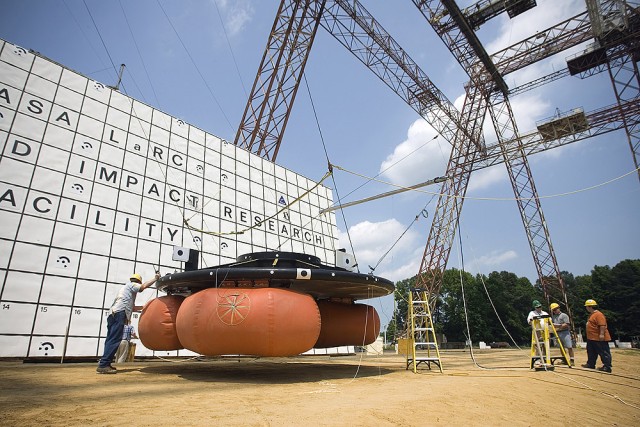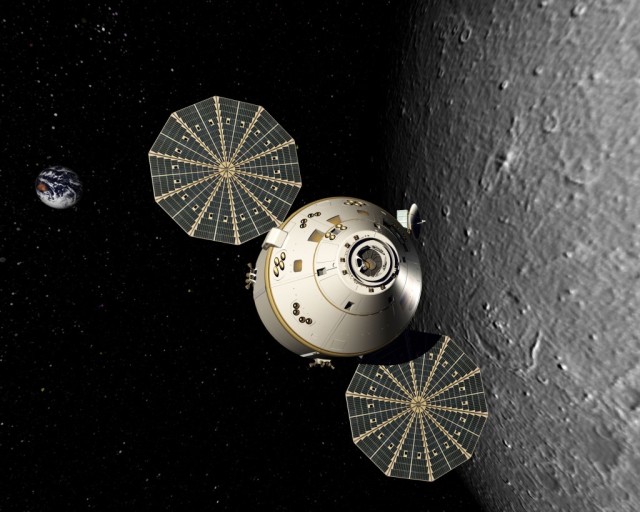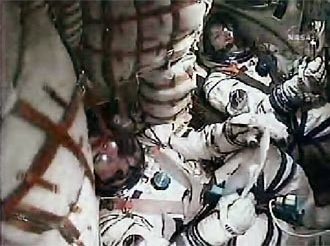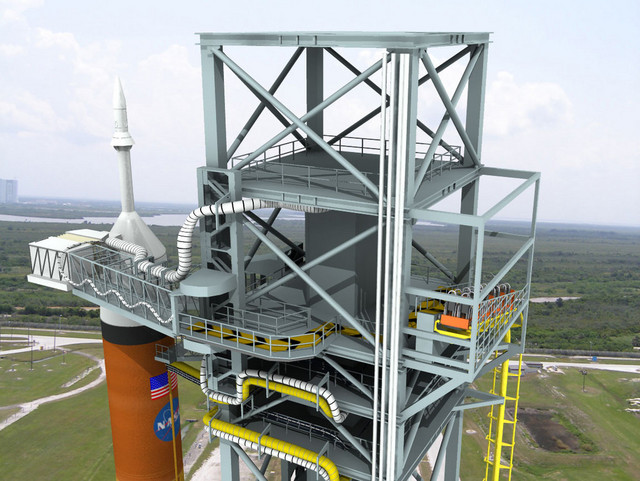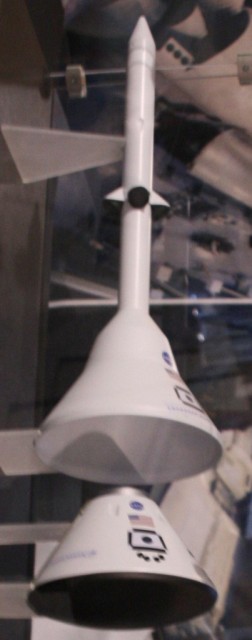 NASA’s Orion crew capsule is getting more and more a reality. I just received an interesting HSFNEWS news release telling that test of the escape system will happen soon.
NASA’s Orion crew capsule is getting more and more a reality. I just received an interesting HSFNEWS news release telling that test of the escape system will happen soon.
Report #H07-252
GROUNDBREAKING SIGNALS START OF NASA’S CONSTELLATION FLIGHT TESTS
LAS CRUCES, N.M. – With less than a year until flight tests of NASA’s Constellation Program, work is under way on a launch pad that will host the first of those tests. Workers broke ground on a pad where the agency will test a launch abort system for the new Orion spacecraft at the U.S. Army’s White Sands Missile Range near Las Cruces, N.M.
Orion’s launch abort system will carry astronauts to safety in the event of a problem on the launch pad or during the spacecraft’s climb to orbit. The first of five tests of the system, known as Pad Abort 1 or PA-1, is scheduled for fall 2008. Data from the series will help engineers refine the design of the launch abort system.
“Flight tests are where the rubber meets the road. These tests will help validate our designs or correct any flaws,” said Skip Hatfield, Orion Project Manager at NASA’s Johnson Space Center, Houston. “The goal here is simple: to provide our astronauts a route to safety should anything go wrong at a launch.”
The first launch abort test will include a mock-up of the Orion capsule on the pad. An abort motor will fire for two seconds, sending the boilerplate crew module to an altitude of one mile. Three 116-foot diameter parachutes will deploy to slow the mock crew capsule for landing.
Constellation is developing the Orion spacecraft to send astronauts to the International Space Station and to the moon. Orion will be launched atop an Ares I rocket. The program is also developing a heavy-lift rocket, Ares V, to enable cargo missions to the moon. NASA plans to set up a lunar outpost by 2020, where astronauts will prepare for possible future missions to Mars and other destinations in the solar system.
Video of the groundbreaking ceremony will be available Thursday on NASA Television Video File. For NASA TV downlink, schedule and streaming video information, visit:
http://www.nasa.gov/ntv
To learn more about NASA’s space exploration plans, visit:
www.nasa.gov/exploration


